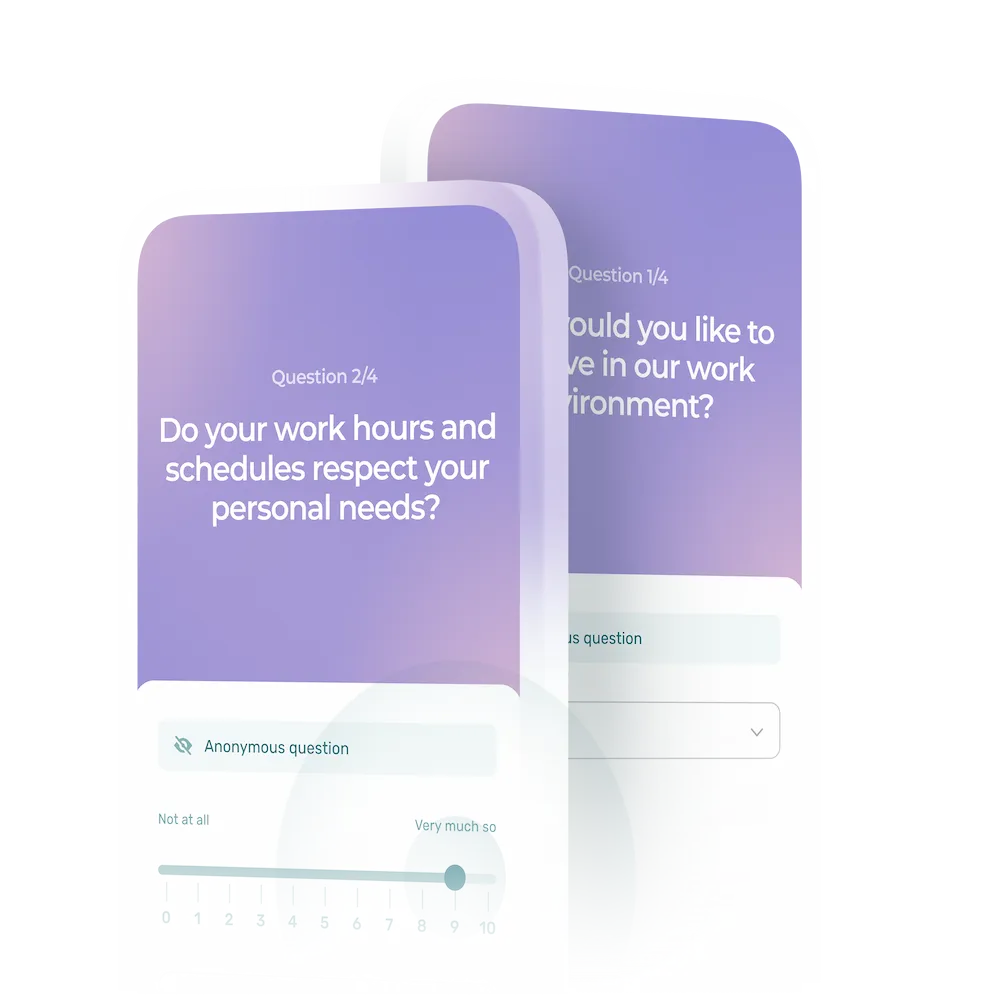In all my previous jobs, I met with my bosses once a year, after my probation period. This meeting had one clear purpose: evaluating my performance.
Unsurprisingly, it wasn’t long before we got down to brass tacks: would I get a raise that year or not?
Before I started working for Agendrix, I never really thought about challenging this traditional process…
Why Have Regular One-On-One Meetings?
When you stop and think about it, having just one individual meeting with your immediate superior doesn’t seem optimal. How can managers hope to create a bond of trust with their employees if they only meet with them when things aren’t going well, or when it’s time to talk salary?
I believe individual meetings with employees should be held at least monthly, just to hear from the employee and give them feedback. I’m not talking about a performance evaluation, just a simple conversation.
According to renowned American businessman Ben Horowitz, a manager’s most important task is facilitating communication between employees—and one-on-ones are the best way to do it. They let employees share ideas and comments with their managers. Everyone can speak their mind, regardless of their place in the hierarchy or of the size of the organization.
How to Lead a One-On-One
Here at Agendrix’s marketing department, we hold weekly one-on-one meetings of varying lengths and frequencies, according to our needs. This model works wonderfully for us, but of course, every workplace has its own realities.
These one-on-ones allow us to discuss our personal lives, our ambitions, our worries, and so on. We also use them to talk about projects and ensure our work meets defined objectives.
While these meetings can be structured however you wish, here are a few tips based on what works best for us.
Talk About More Personal Matters
In our weekly meetings, we always start by getting each other up to speed on our respective lives, at least for a few minutes, before talking shop. This strengthens our trust and improves team cohesion.
The greatest upside of talking about our personal lives is that it helps us understand each other’s realities. It enables us to quickly assess how a colleague feels about their work and their lives, and allows us to be more empathetic toward one another.
For example, an employee could justify his frequent tardiness by talking about how he has to take two buses to get to work, and they aren’t always on time. This would allow you to find a solution, for example adjusting his schedule accordingly.
But be careful: you should also respect the fact that some people (maybe even yourself) aren’t comfortable opening up about themselves to colleagues. In these cases, keep the conversation on work.
Let Employees Express Themselves
Always keep in mind the goal behind those meetings—letting employees express themselves openly. It’s up to them to decide which topics to bring up, whatever they might be. Always let them broach them first, then give your opinion when they’re done speaking.
One-on-one meetings are also ideal for raising more delicate subjects. For instance, when the COVID pandemic was beginning, I was a little worried about my future with Agendrix. I had only recently joined the team, and the people close to me were losing their jobs left and right, leading me to wonder if I was next. I was able to discuss the matter with my boss, who reassured me that no lay-offs were planned and took the time to explain why he was sure of this by being transparent about the organization’s activities.
By giving the floor to employees, you’ll gain a better understanding of their perspectives and opinions. Then, you can take the opportunity to ensure they’re happy where they are and feel fulfilled at work.
Getting Things Done
By not taking the time to meet employees regularly, you expose yourself to uncomfortable situations. It’s better to address problems as they come; that way, your staff is instantly informed and can make continued efforts to improve, and no useless resentment is accumulated.
Here at Agendrix, the management team rigorously applies this principle. Employees are quickly notified whenever something’s wrong. Our managers also make it a point to highlight successes. In short, by working together, we make sure that our team is tightly knit and always gives their best.
At the end of every meeting, don’t forget to establish what you or your employee have to do. If problematic situations were brought up, did you identify solutions? Did you make a plan? When will you be following up on it?
Keep notes on your discussion and decide together what should be done by the next meeting. This way, it will be easier for you to evaluate your employees’ efforts.
Individual meetings are also a good time to bring up professional development. Try to see where employees see themselves in the long term, and offer them learning opportunities to fit their ambitions.
Where to Begin?
True leaders make time to show interest in their team and open a dialogue with their employees.
So, a good question for managers is: When’s the last time I met with my employees individually?










